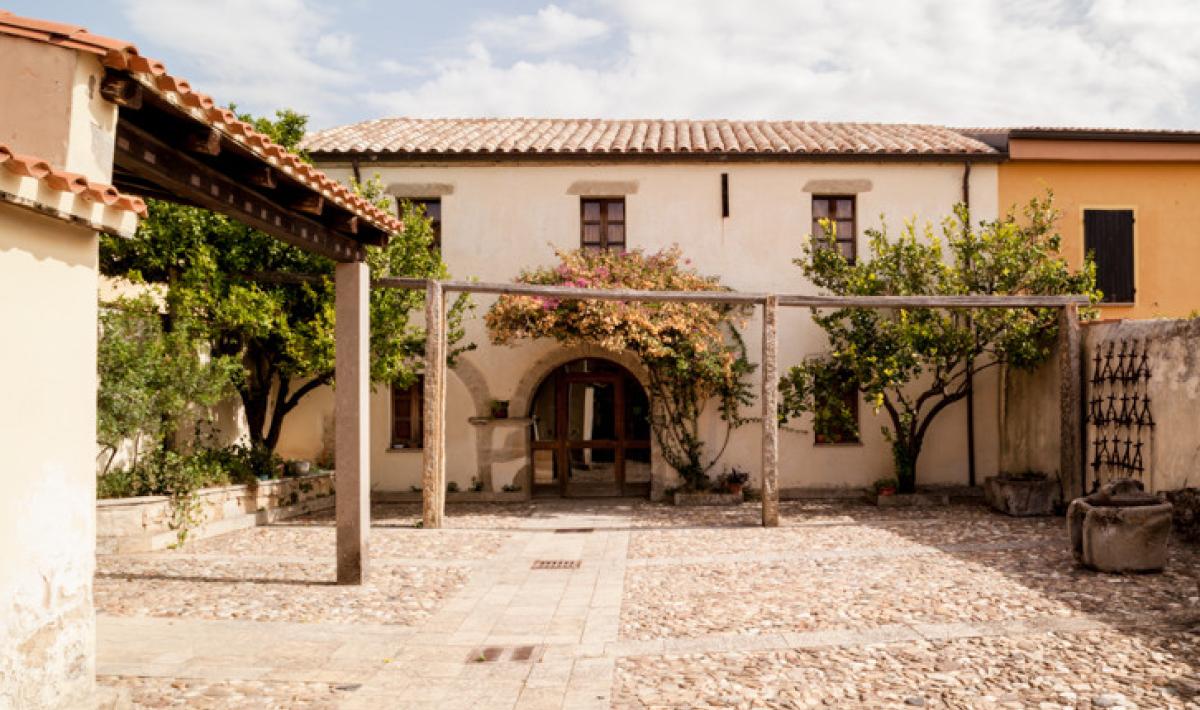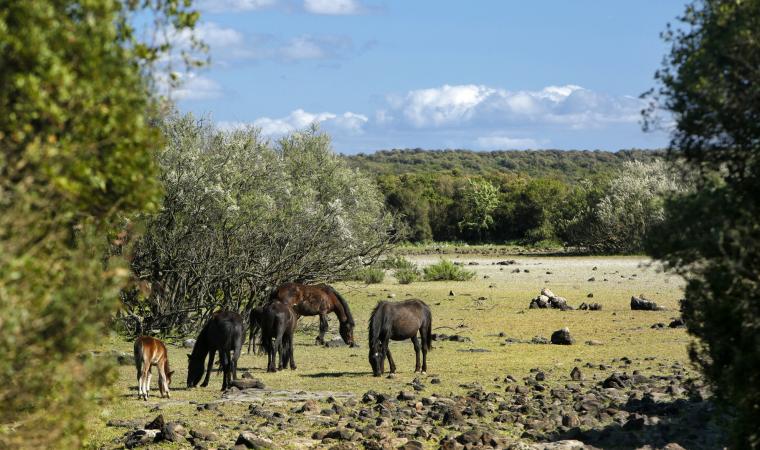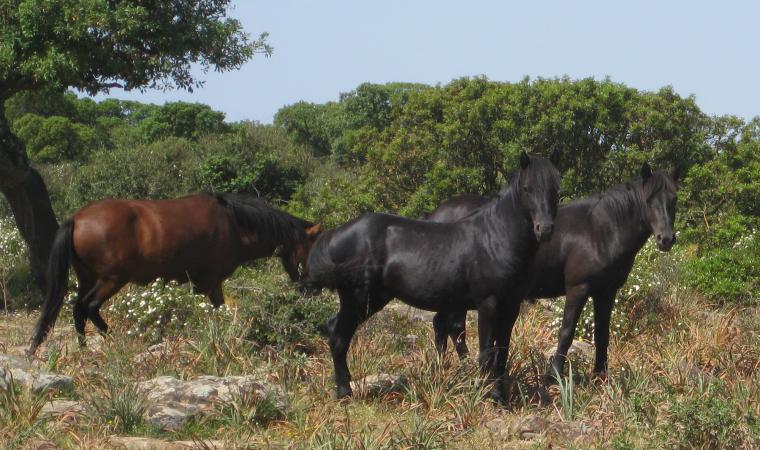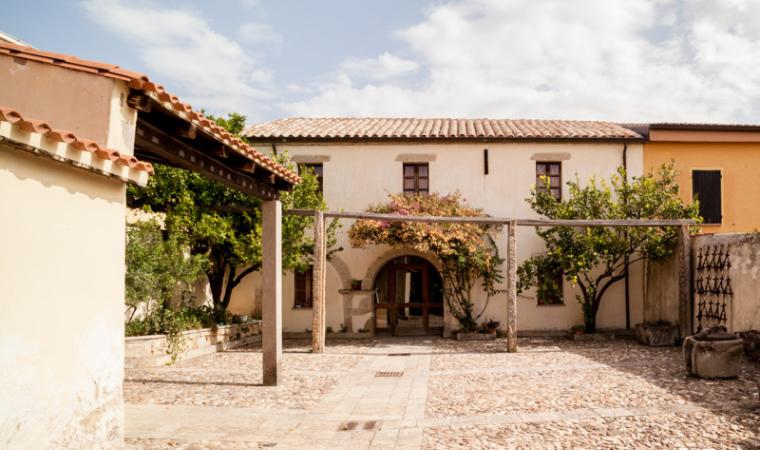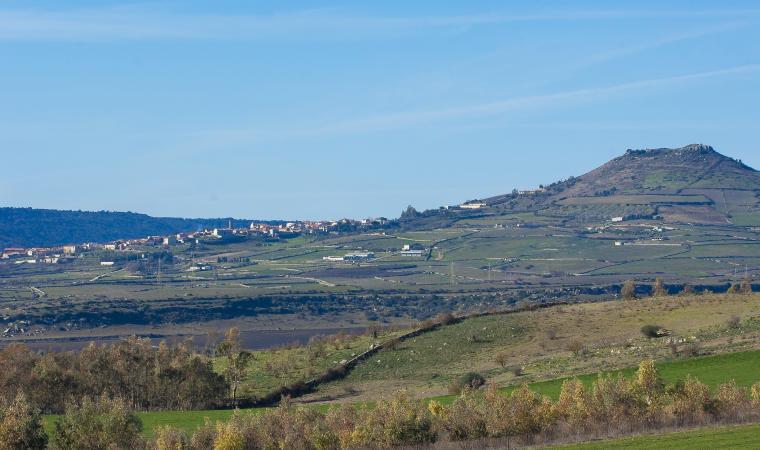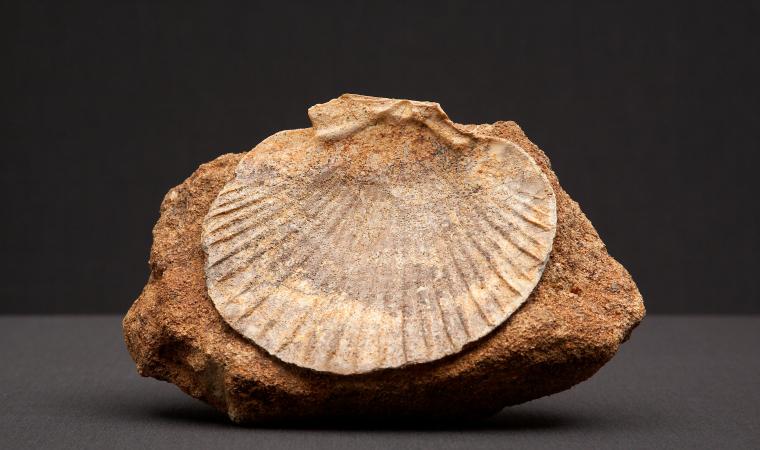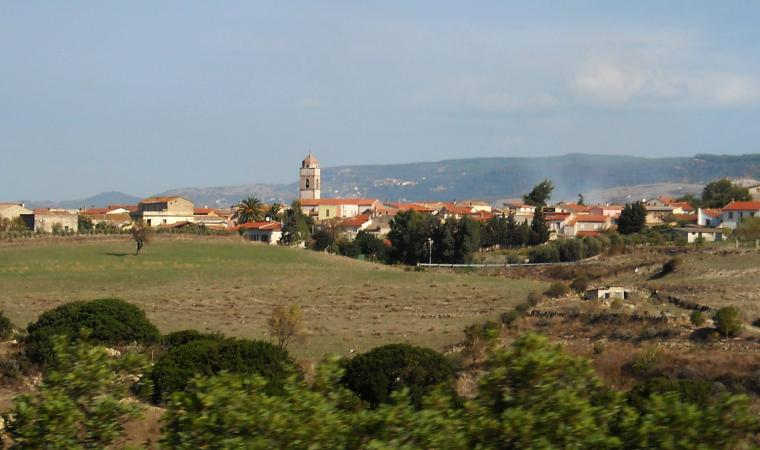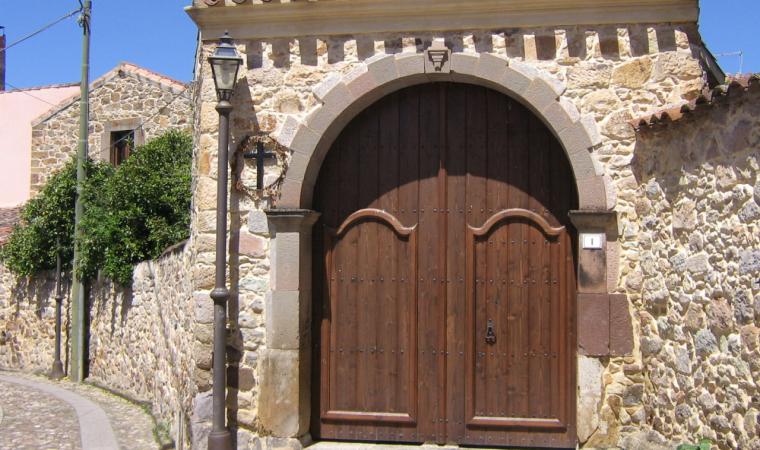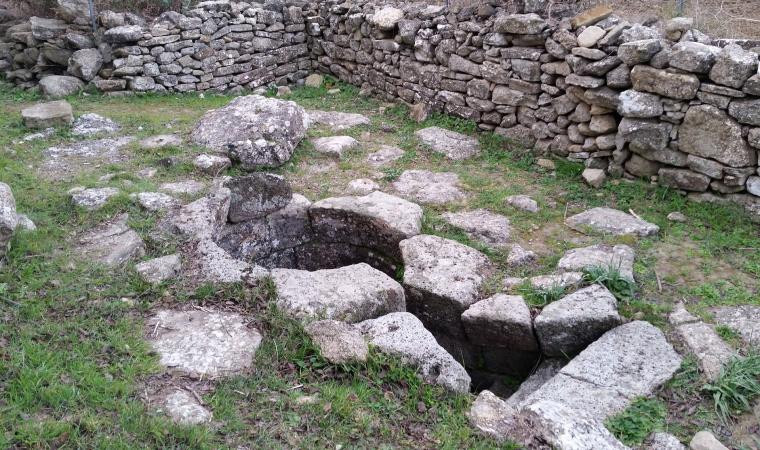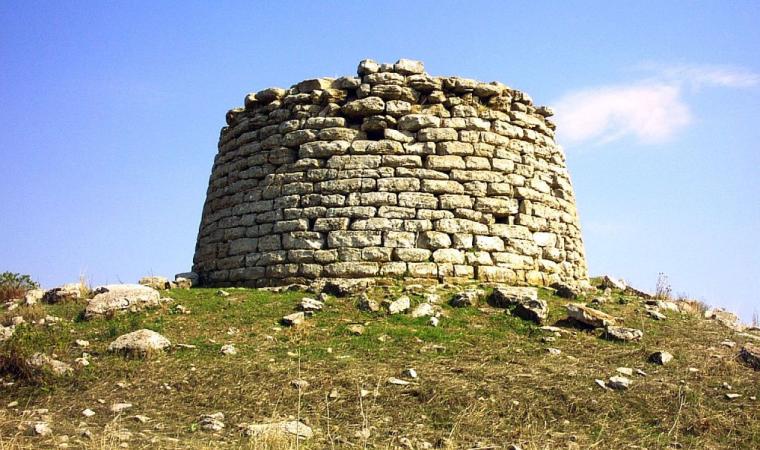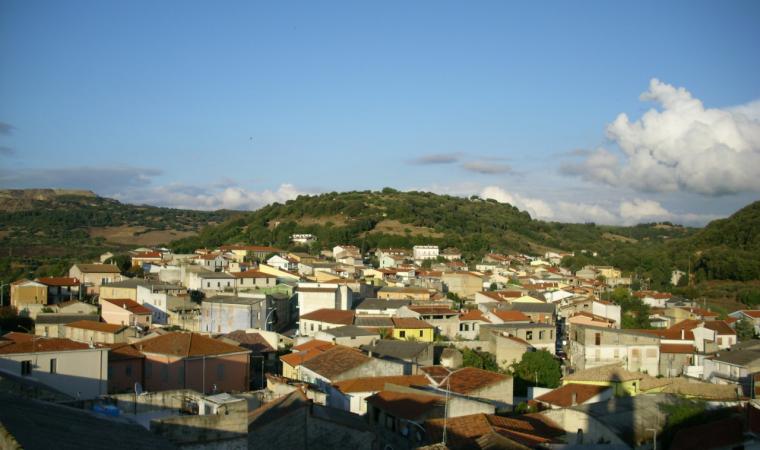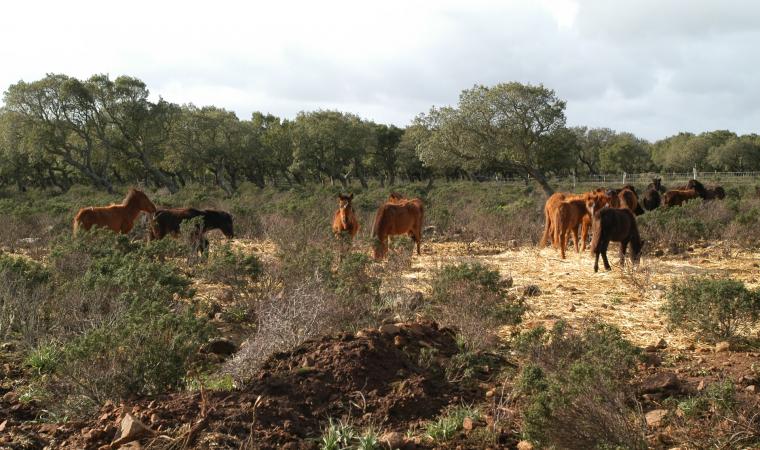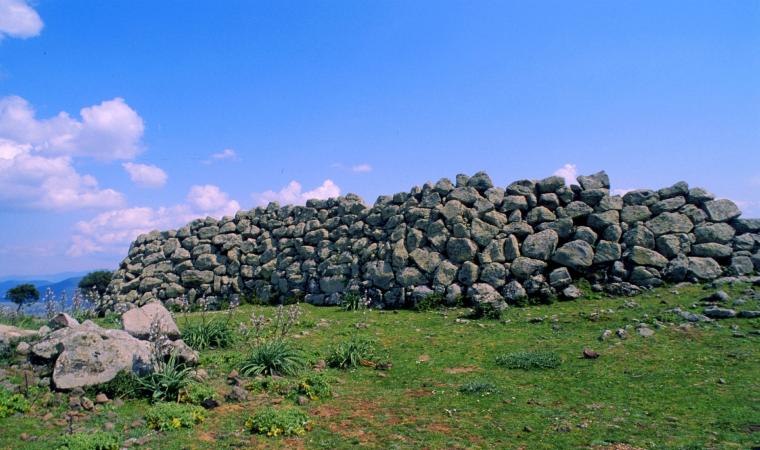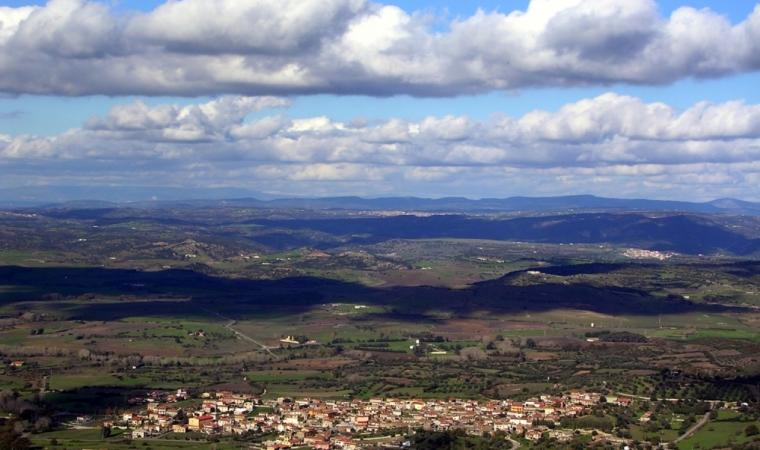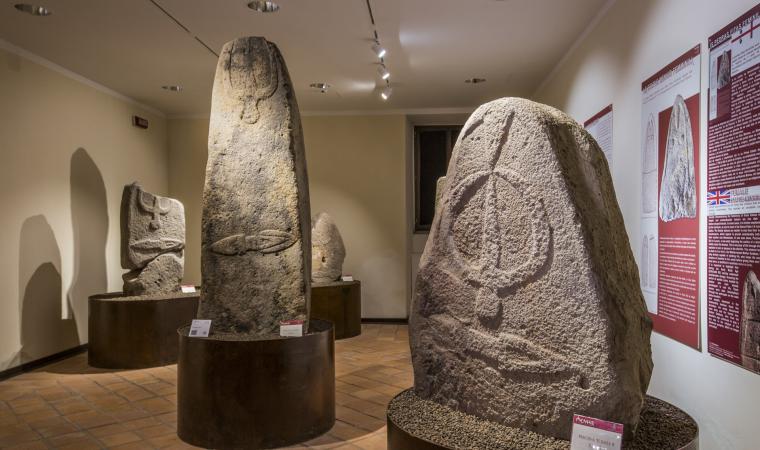They live in the wild, on the plateau known as Sa Jara Manna or Giara di Gesturi and are the only survivors of a species that roamed freely throughout the island until the late Middle Ages. A very short distance from the ‘grande giara’ (great giara), an exhibition space tells us about their history, life and coexistence with man. The little Giara horse is the absolute protagonist of the museum located in a typical Campidano house in Genoni, a village that emerged at the foot of a hill that became detached from the Giara due to erosion. You can observe the various stages of the entire life of the little horses, thanks to a special photo gallery. Two dedicated rooms will allow you to learn more about the environmental characteristics of the Giara and its relationship with the populations of the nearby towns. Also on display are the tools used in the past for taming, shoeing and branding, now replaced by the implantation of a microchip. You can then visit the ethnographic section, where agricultural tools, utensils used by carpenters and shepherds and objects of domestic and daily use in the traditional Campidano dwellings are on display along a thematic itinerary, accompanied by video interviews: the elderly village folk talk about agricultural and rural life through memories and anecdotes.
The population of Genoni played an active part in setting up the museum, by personally donating objects and thus contributing to the creation of a ‘space of community memories’. An unusual feature of the exhibition is the possibility of involving children and adults interactively, letting them try to guess the function of some of the less familiar-looking tools. In this regard, there is also a purely educational section, designed for schools and families, while the garden and other parts of the rooms occasionally host events, parties and ceremonies. You can combine a visit to the museum with a trip to the Park of the Giara, a natural oasis within which paths have been marked out for about 25 kilometres and have wooden signposts. In addition to observing the famous horses of the plateau, a visit to the park will allow you to experience a fascinating landscape, filled with colourful flowers in spring and embellished by the snow-capped mountains of Gennargentu in the winter.
The Paleo Archeo Centro museum on the slopes of the hill of Santu Antine is also worth visiting. There are two sections, palaeontological and archaeological, that tell the story of the area, starting from the fossils found in the nearby Duidduru geosite and the traces of the prehistoric period on the hill. Lastly, a stop at the former convent of the Frati Osservanti Minori (Observant Friars Minor) is a must and dates back to 1638, with the adjoining church of Madonna del Sacro Cuore.

